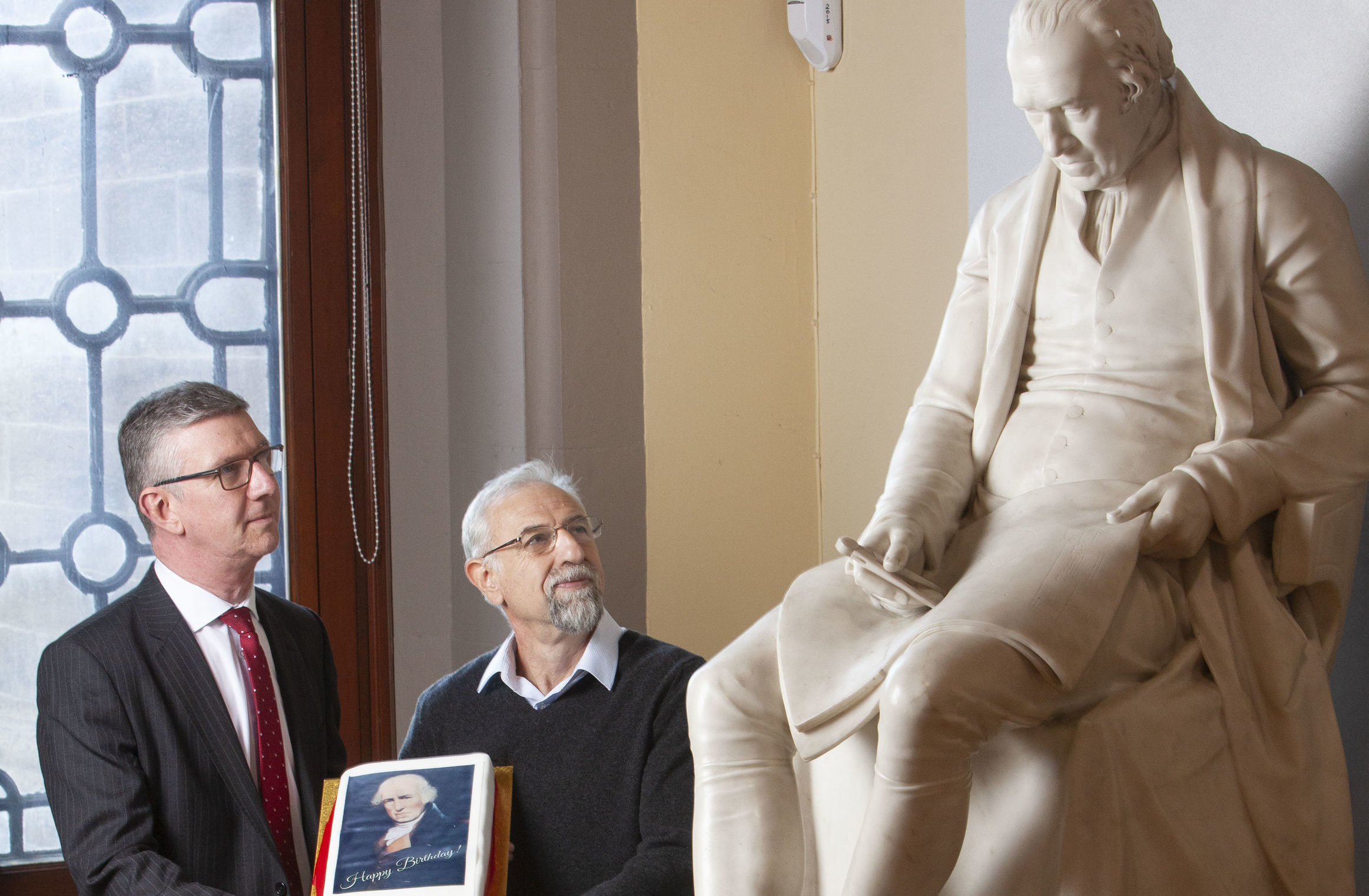
THE pioneering work of James Watt will be celebrated by the University of Glasgow with a year of events marking 200 years since the engineer’s death.
This year also marks the 250th anniversary of Watt’s steam engine patent, credited with kick-starting the industrial revolution and earning him a place in the history books.
Watt, born in Greenock, Inverclyde, on January 19 1736, undertook the work during his time as mathematical instrument maker at the university.
He will be the focus of a dedicated exhibition, a competition for school students, and an international symposium for engineering researchers.
Further events are planned by Heriot-Watt and Birmingham universities, and Historic Environment Scotland.
It was while repairing a model Newcomen steam engine in 1763 that Watt realised he could improve its efficiency by adding a separate steam condenser to avoid heat loss and conserve fuel.
The University of Glasgow went on to establish two James Watt chairs to continue his legacy.
Colin McInnes, professor of engineering science and a James Watt chair, said: “While Watt is best-known for his improvements to the steam engine, he was a restless inventor who developed new devices including a portable document duplicator and a mechanical three-dimensional sculpture copier.
“Today, our School of Engineering is similarly adventurous, with research under way on projects from down at the quantum level all the way to space exploration.
“I’m proud to be a James Watt chair and I’m thrilled that 2019 will be a celebration of Watt’s contributions to the world.”

Enjoy the convenience of having The Sunday Post delivered as a digital ePaper straight to your smartphone, tablet or computer.
Subscribe for only £5.49 a month and enjoy all the benefits of the printed paper as a digital replica.
Subscribe